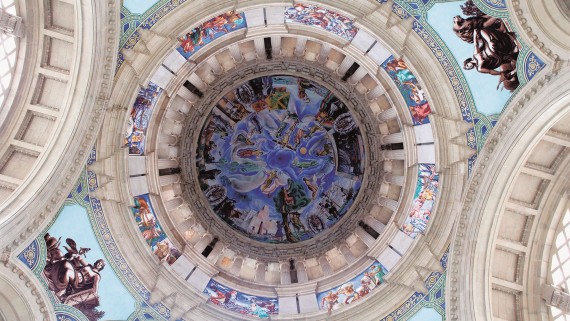
The Palau Nacional that dominates Montjuïc is the seat of the Museu Nacional d’Art de Catalunya (MNAC) which, among other things, keeps an impressive collection of Romanesque paintings.
Visit and love it

Barcelona has a combination of attributes that make it unique. The city’s culture and cuisine, the beauty of its streets, its Mediterranean climate and welcoming cosmopolitan character make Barcelona a very attractive place to visit and to live in.
Despite being a metropolis, recognised and admired the world over for its innovation ecosystem and creativity, as well as a model of urban transformation, Barcelona stands out for having smaller dimensions than other global capitals. It’s a city people can cover on foot, where everything is nearby and within reach. The human scale is a key factor in its quality of life.
Barcelona is the capital of Catalonia, one of the autonomous regions in the Spanish state. It has its own language, Catalan, which evolved from Latin, like Spanish, French and Italian. Catalan is the official language, along with Spanish, and is used in all spheres of daily life.

The Palau Nacional that dominates Montjuïc is the seat of the Museu Nacional d’Art de Catalunya (MNAC) which, among other things, keeps an impressive collection of Romanesque paintings.

Formerly a village separate from the city, Sarrià is a charming, sweet and very literary neighbourhood, with a network of squares and small streets that seem to have stopped in time.

With a voluptuous Modernista architecture that erupts in the middle of two small streets, the spectacular Palau de la Música is a privileged setting and a true symbol of the city.

Crowning Montjuïc as if it were a temple, the Olympic Ring concentrates the spirit of the 1992 Barcelona Olympic Games.
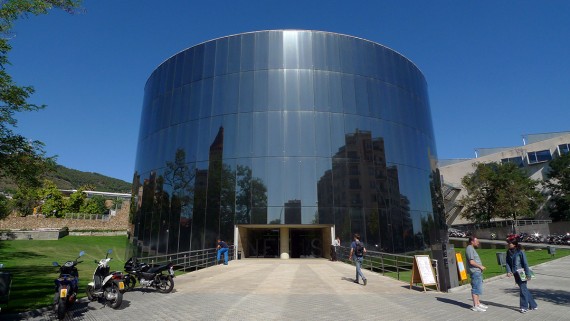
The Zona Universitàra is in the Les Corts district, either side of Avda Diagonal. This university area has some large, green spaces and several of Barcelona's most iconic gardens.
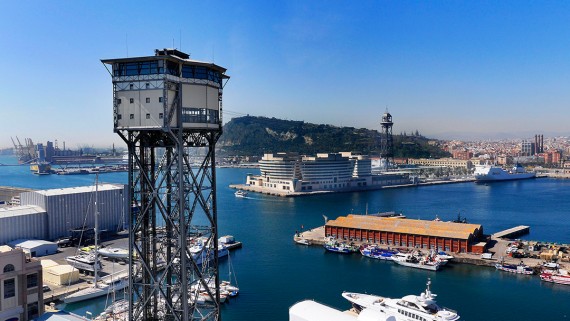
Barcelona's first wharf, Port Vell, is now a magnificent promenade open to a sea dotted with vessels, from where you can still set sail to discover the world.

Set among Montjuïc's gardens and in a magnificent rationalist building, the Fundació Joan Miró has an impressive collection of works by the Catalan painter on display.
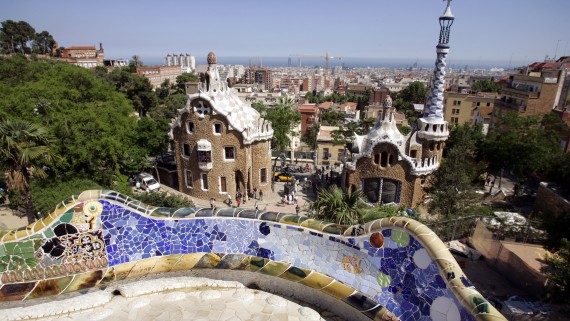
Park Güell, the hill that Gaudí turned into a truly fantastic and original garden, is one of Barcelona's best-known and most spectacular icons.
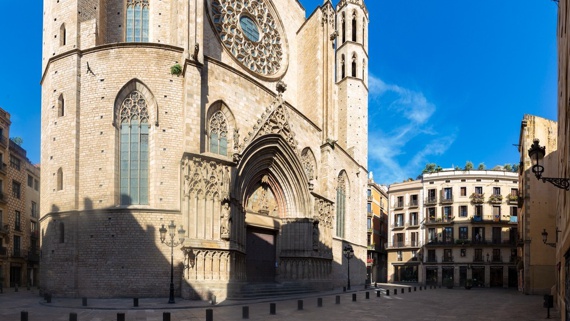
Rising gently towards the heavens among the 19th century buildings of the El Born i la Ribera neighbourhood, Santa Maria del Mar is pure Gothic architecture.

Plaça de les Glòries Catalanes is one of metropolitan Barcelona's most important hubs, the point where three of the city's main roads meet.

Climbing up the hill it is named after, Avinguda Tibidabo opens a path between the Modernista houses and preserves the spirit of the early 20th century.
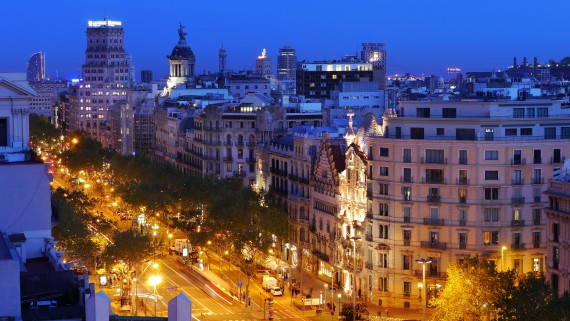
Boasting tiles designed by Gaudí, bench-street lamps covered in trencadís ceramic fragments and some fantastic Modernista façades, Passeig de Gràcia is a symbol of elegance